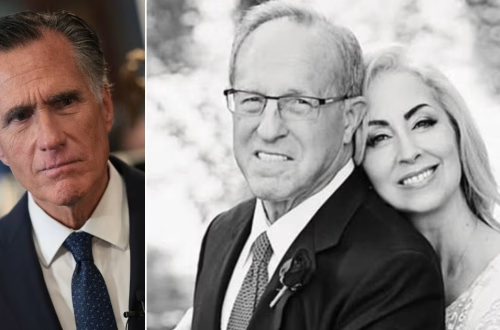Article Summary
Many of us are eagerly awaiting the 250th anniversary of the Declaration of Independence. It is worth remembering that when the Founding Fathers were on the path to independence, they were uncertain of the outcome. Their journey to independence was long and arduous. This article highlights the role of John Adams, who played a crucial part in the colonies coming together and the role he played in advocating for and defending the Declaration of Independence.
What This Means for You
- You can draw inspiration from John Adams’ conviction and commitment to the cause of independence, even when the outcome was uncertain.
- Consider the importance of unity and banding together to achieve a common goal.
- Be reminded of the power of advocacy and standing up for what you believe in, even in the face of adversity.
- Recognize the importance of faith and depending on a higher power for guidance and intervention in difficult times.
Original Post
Many of us are counting down the days to the 250th anniversary of our nation’s Declaration of Independence. It’s important to remember that when our Founding Fathers were on the road to independence, they were not sure of the outcome. It’s also important to remember that their road to independence was long and tiring.
The Battles of Lexington and Concord happened in April, 250 years ago, a few miles west of Boston. For John Adams, a member of the Continental Congress who lived near the battleground with his wife, Abigail, and their children, the conflict with the British was personal. He looked toward God for intervention and guidance.
Upon arriving in Philadelphia for the Second Continental Congress, John wrote Abigail on May 8, 1775: “Our Prospect of a Union of the Colonies, is promising indeed. … Yet I feel anxious, because, there is always more Smoke than Fire… Our Province is nowhere blamed. … Our Province is in Danger… We must depend upon Providence or we fail.”
The Congress debated the Declaration of Independence on July 1, 1776. Dickinson argued adamantly against it. After delivering his remarks, Dickinson retired to his seat, and a storm could be heard battering the windows. Finally, John Adams took it upon himself to defend the declaration.
“No transcription was made, no notes were kept,” wrote David McCullough in his biography John Adams. Adams’s conveyed his speech “with a power of thought and expression that moved us from our seats.”
Adams’s strong arguments for freedom could not have been envisioned 250 years ago, a little over a year before we declared our freedom. It was the painstaking work done daily in the Second Continental Congress that made possible the writing of the declaration, the defending of the declaration, and the adoption of the declaration.
As with all history, in retrospect, what occurred may seem inevitable. But just imagine what you might have thought 250 years ago had you been attending the Second Continental Congress as it was convening. At the time, no one in attendance was able to offer a clear vision of what it would lead to: our freedom as a nation.
Jackie Cushman is the president of the Adams Memorial Commission.
Key Terms
- Declaration of Independence
- Second Continental Congress
- John Adams
- Founding Fathers
- Revolutionary War
- Revolutionary troops
- George Washington
ORIGINAL SOURCE:
Source link




